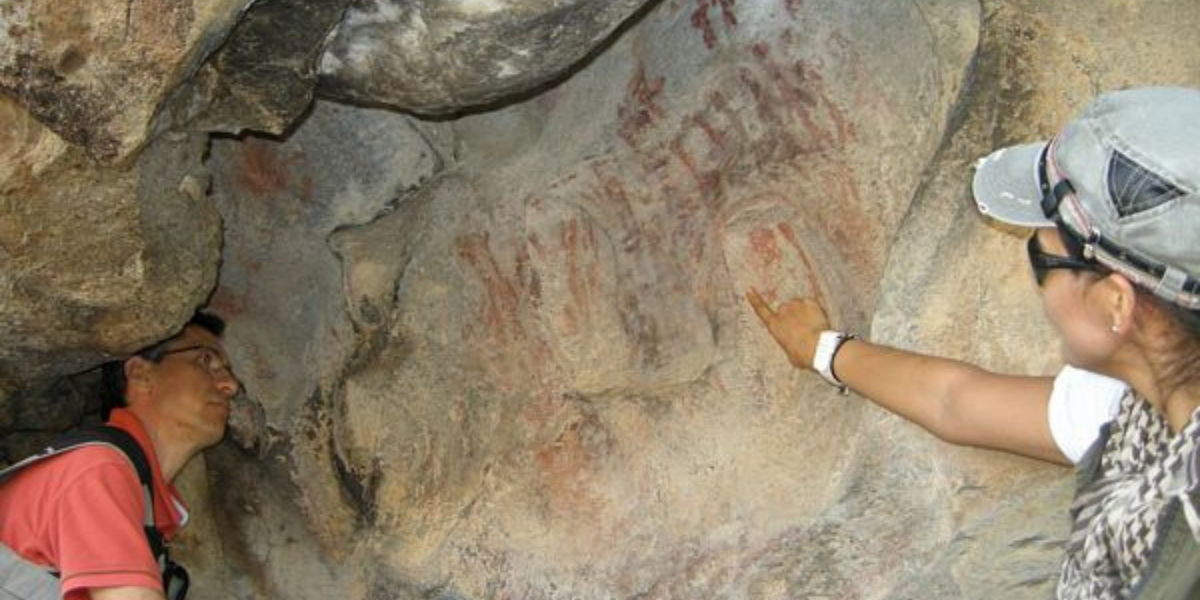
Latmos’ 8,000-year-old rock paintings under threat from miners
During the Latmos Mountains in southwestern Türkiye, between the provinces of Aydın and Muğla, many rock paintings from the Neolithic Age are under threat from miners.
The Latmos rock paintings date to the 6th and 5th millennia BC and are considered to be one of the most important prehistoric discoveries in Anatolia in recent years. The Latmos Mountains are also home to the Carian Way, one of the oldest roads in the world.
Since 1994, the rock paintings of Latmos have been on the UNESCO World Heritage Tentative List, but nowadays they are under threat from mining companies and treasure hunters.
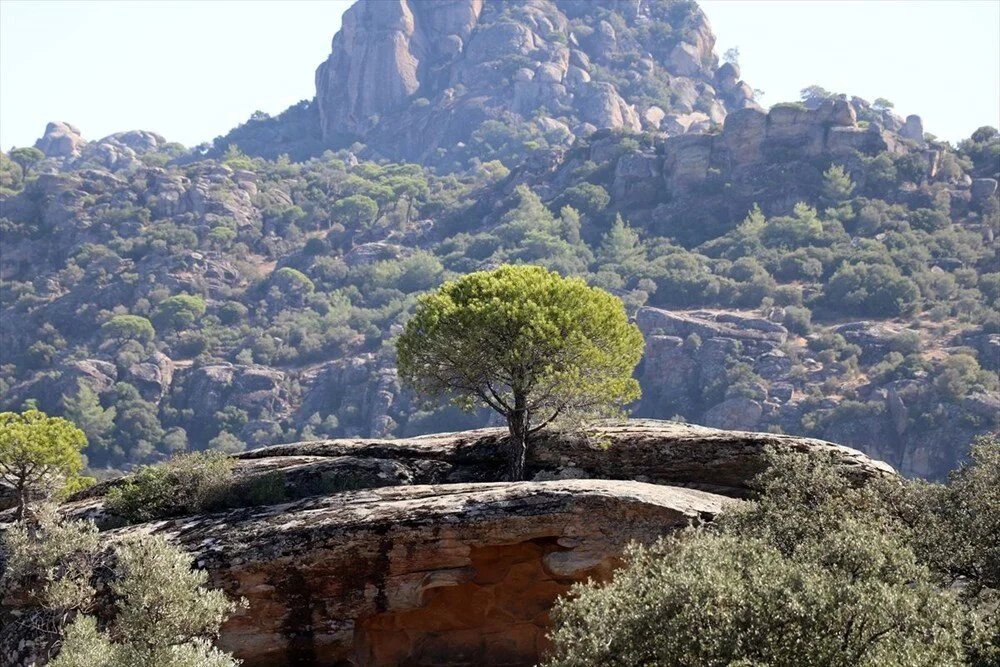
Dr. Anneliese Peschlow, who discovered the rock paintings and has been working in the region for many years, drew attention with a letter she wrote to the relevant government units in 2007 against the dangers that could be experienced.
📣 Our WhatsApp channel is now LIVE! Stay up-to-date with the latest news and updates, just click here to follow us on WhatsApp and never miss a thing!!
Last week, the Ecosystem Conservation and Nature Lovers Association (Ekosistemi Koruma ve Doğa Severler Derneği) (EKODOSD) published a letter to the Aydın Governorship asking for urgent measures to be taken to protect cultural heritage and to prevent the rock paintings of Latmos Mountains from ending up like the Göktepe paintings.
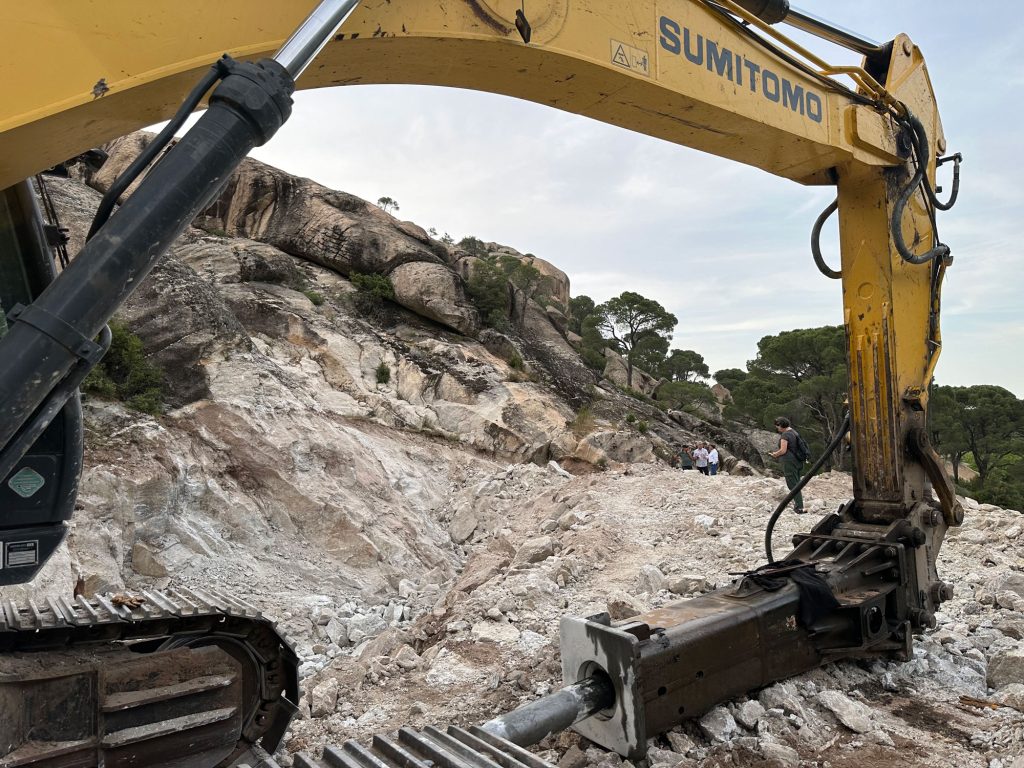
Association President Bahattin Sürücü drew attention to the unique natural beauties, flora and fauna, stone bridges, archaeological and cultural heritage of Latmos.
Emphasizing that measures should be taken before it is too late for the elements that threaten these beauties, Sürücü demanded that the area, which should be a National Park, should not be sacrificed to mining activities.
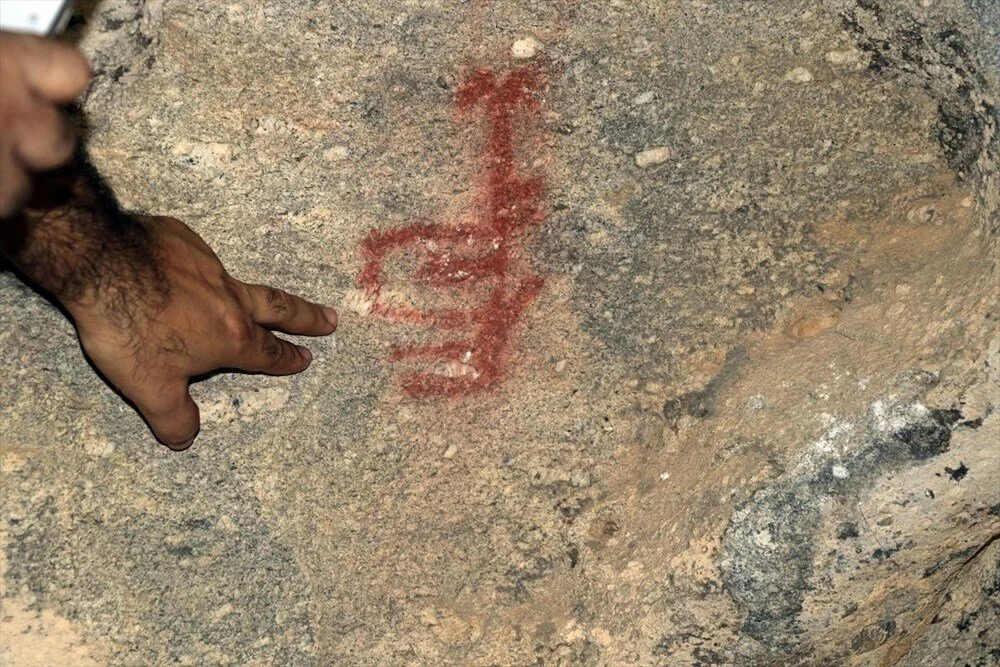
Unique Latmos rock paintings, one of a kind in the world
Unlike the Western European Ice Age paintings, which mostly focus on animals, the main subjects of Latmos rock paintings are human beings, male-female relationships and family.
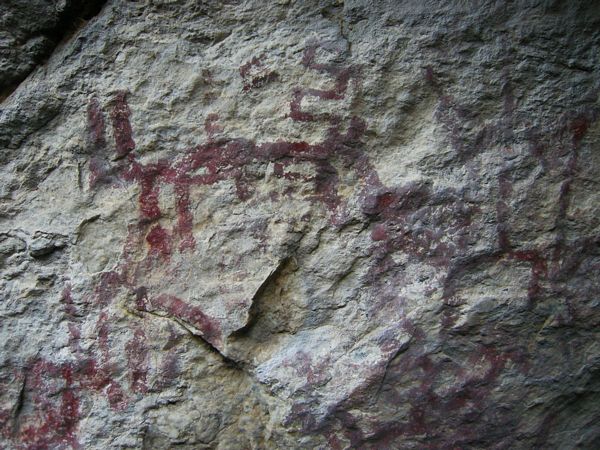
There are two main styles in the rock paintings: naturalistic and schematic.
The naturalistic style, of which few examples are known, is characterized by human, especially female figures with rounded torsos and a sense of depth. The most prominent feature of the schematic style is its abstract and geometric style of depiction. In this style, heads are usually depicted in the form of a line consisting of two zigzags side by side or a capital letter “t”. Despite the schematic style, the movement of the figures and their social relations with each other can be clearly observed.
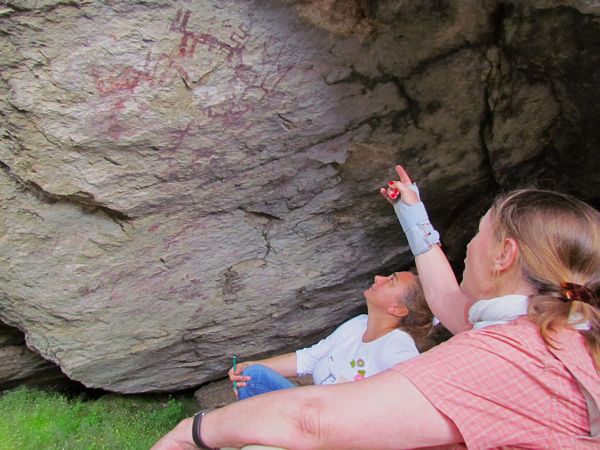
The unique pictorial language of the rock paintings of Latmos and their unified repertoire made it possible to understand the religious thought and social life of the early sedentary communities. The rock paintings covering an area of approximately 200 square kilometers in the region are dated to the 6th-5th millennium BC.
Cover Photo: Ecosystem Conservation and Nature Lovers Association
You may also like
- A 1700-year-old statue of Pan unearthed during the excavations at Polyeuktos in İstanbul
- The granary was found in the ancient city of Sebaste, founded by the first Roman emperor Augustus
- Donalar Kale Kapı Rock Tomb or Donalar Rock Tomb
- Theater emerges as works continue in ancient city of Perinthos
- Urartian King Argishti’s bronze shield revealed the name of an unknown country
- The religious center of Lycia, the ancient city of Letoon
- Who were the Luwians?
- A new study brings a fresh perspective on the Anatolian origin of the Indo-European languages
- Perhaps the oldest thermal treatment center in the world, which has been in continuous use for 2000 years -Basilica Therma Roman Bath or King’s Daughter-
- The largest synagogue of the ancient world, located in the ancient city of Sardis, is being restored











Leave a Reply